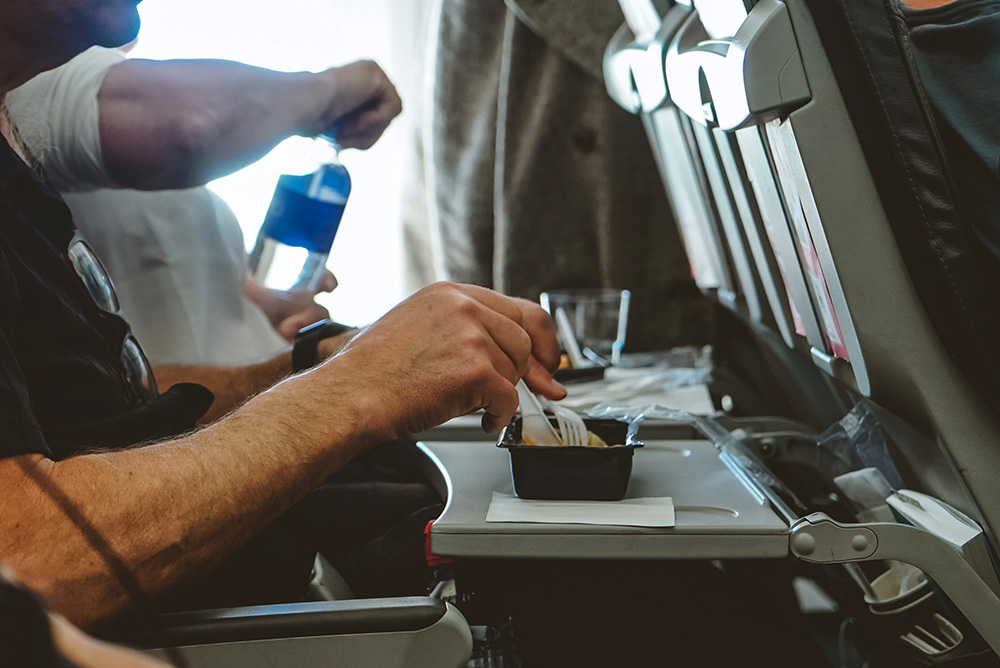We’ve seen airplane-themed restaurants such as Plane Bistro in Manila and Air Summit Gourmet in Tayabas, Quezon but have you ever wondered how in-flight meals taste out of the usual 35,000-feet setting? Well, some international airlines have already grounded their meals.
Take AirAsia as an example. Just in December last year, the Malaysian commercial airline launched its first restaurant in Kuala Lumpur called Santan where they serve the same in-flight meals offered in their aircrafts.
The restaurant offers signature Malaysian dishes like nasi lemak, chicken satay and beef rendang at same prices as those on their flights but with bigger servings. They also offer other Southeast Asian dishes such as Hainanese chicken rice, Philippines’ chicken inasal, Cambodia’s pineapple fish noodles and Vietnamese pho with the ingredients and raw products carefully sourced from each country. Aside from the meals aboard their planes, the rest of Santan’s menu was conceptualized by a team of chefs and culinary students.
“We are very proud to extend what started out as an in-flight menu into new markets and reiterate our support for local and ASEAN producers [and] suppliers; apart from creating new job opportunities with affordable franchising,” said the restaurant’s general manager Catherine Goh. They also plan to expand to five more branches by the end of the year.
A little further up north, Ural Airlines is delivering in-flight meals, complete with airline trays, in various Russian cities that recreate “the taste of travel without leaving your home” experience targeted to those who miss the thrills of travel. They offer the usual chicken, meat and fish dishes with either orange, apple and tomato juice as a drink of choice. The airlines also made sure that the food delivered complies with necessary quality and safety checks just like how in-flight chefs follow strict procedures in preparation, packaging and proper handling in the aircraft.
More than half of the people Air New Zealand surveyed found airplane meals distasteful while 25 percent thought that it’s worse than hospital meals. Respondents also suggested putting nutritional facts on meals so that consumers would know what they are eating. Some also want wider cuisine choices for variety.
Taking these meals to new heights might be a key to improving airline cuisine since more people can try these dishes. Science has already shown that in-flight meals are bland not because they lack flavor but due to air pressure suppressing the gustatory and olfactory system at a certain altitude.
The idea then of bringing in-flight meals to a regular dining facility can be an avenue for companies to explore creative and sales opportunities. Air New Zealand for instance hosted a two-day pop-up restaurant in London to allow an immersive experience on their service. The concept aimed to promote the airline to UK citizens as well as to gauge what people think about airplane food and how it can be improved. More than half of the people surveyed found airplane meals distasteful while 25 percent thought that it’s worse than hospital meals. Respondents also suggested putting nutritional facts on meals so that consumers would know what they are eating. Some also want wider cuisine choices for variety.
By continuously giving consumers new experiences and experimenting with novel formats, businesses, whether on land, up in the air or out in the sea, can have a fighting chance to mitigate the risks of extraordinary times like this.
Subscribe to our weekly newsletter to receive all the tools and solutions entrepreneurs need to stay updated on the latest news in the industry





